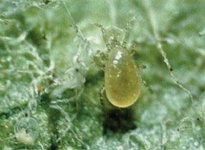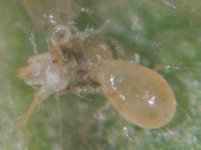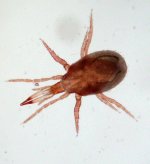I had success with them
I had success with them
Though people dont like to believe all i heard was they dont work
well you maintain the right conditions and add enough they work fine
After first success i never got mites back again .
24 kw gro 3 years after no mites .A
I had success with them
Though people dont like to believe all i heard was they dont work
well you maintain the right conditions and add enough they work fine
After first success i never got mites back again .
24 kw gro 3 years after no mites .A







